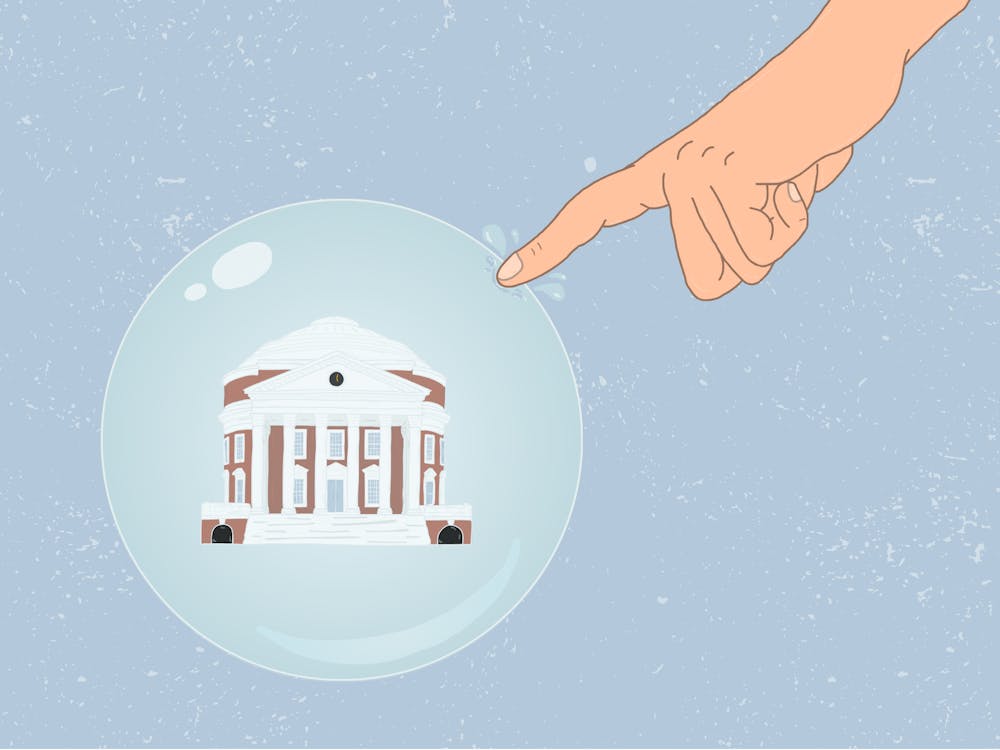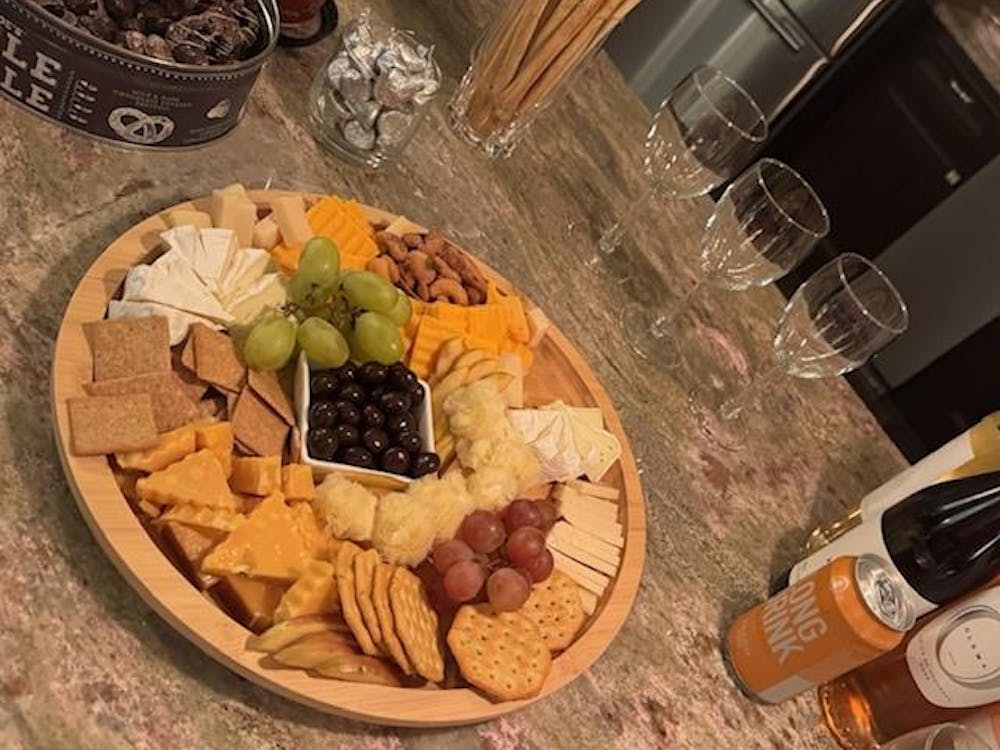Remember making books out of construction paper, drawing and painting in art classes a long time ago? Prof. Dean Dass and Prof. Akemi Ohira rekindle the arts and crafts spirit in their University printmaking classes.
Be warned, though -- these classes are much more complex than elementary school art. Eight different printmaking classes collaborate to produce a themed book of prints at the end of the semester and each student receives the full book. In printmaking, students use various techniques such as etchings with plates made of different materials. Each student must reproduce his or her prints as many times as there are students, so each classmate receives a complete set.
The theme of last semester's book -- "The Playground Project" -- was mostly conceptualized by Graduate Arts & Sciences student Rachel Geller and revolved around the question of gender in the arts in which printmaking classes investigated whether there are "boy drawings" and "girl drawings."
The book included sometimes suggestive prints of plugs and electrical outlets, a centerfold with an art student outfit and features and sketches of boyfriends.
Printmaking is unique when compared to other disciplines of art because "there's no limit" to what an artist prints and artists can "make a print and give it to millions," Geller said.
Dass emphasized that printmaking contains elements of most other disciplines of art such as painting and drawing.
"Printmaking is a hybrid category of the multiplication of an image," Dass said.
Fourth-year College student Maggie Sullivan said she was not sure what to expect when she took her first printmaking class.
"I didn't know what printmaking was," Sullivan said. "I had heard of painting and filmmaking and photography, but printmaking was not always accessible."
Dass said he takes pride in the quality of the University's printmaking department despite the public lack of knowledge regarding the department.
"We're a small department," Dass said. "I think we're really good, but no one knows about us. The good grad schools are starting to know that those Virginia kids know what they're doing."
Ohira said one of the main reasons printmaking is often overlooked can be attributed to American culture.
"In this country, high art is defined by painting, and works on paper are looked down upon," Ohira said. "If you visit a country with a lot of history, it's embedded in its culture."
Ohira also said she was instrumental in setting up the structure of the printmaking classes, where eight different levels work in the same room for one hour in a section of the class called Camp Printmaking.
"All the presses are at the same room, so there is no reason to separate the different levels anymore," Ohira said.
Dass said despite a conception of art as an individual activity, group work helps a project to flourish.
"In art, you think of a lonely genius," Dass said, but in the printmaking classes, "we're all working on the same project, from beginning to advanced. It's a little like a medieval guild, where the advanced levels are like leaders or apprentices."
Dass also noted that a bigger group of artists working together helps a project like creating a book thrive.
"There's a bigger conversation if everyone's there," Dass said.
The first printmaking class Sullivan took had a book-making element, and she said she enjoyed the class so much she has taken a book making class every semester since.
"I expected to learn all kinds of crazy secret techniques to put work in a format that makes it accessible to people," Sullivan said. "My expectations sort of came true."
Sullivan said the project has inspired other students similarly.
"Many of [Dass]'s former students go on to teach their students to make books," Sullivan said. "It changes the way students make art."
The actual Camp Printmaking hour consists of more than simultaneous working. Ohira said "Camp" can be a technical seminar on printmaking methods, a guest lecturer or run by the upper level students.
"Every few weeks in Camp the upper-level students would initiate a discussion," Sullivan said. "Rachel would show slides of boy drawings and girl drawings, and we would all try to do a little research and get the dialogue going for the intro level students."
From her experience in Dass and Ohira's class as well as other printmaking classes, Sullivan said she would recommend printmaking especially to humanities students.
"English students in particular or any humanities area could really benefit from taking a printmaking class because you essentially learn how to reproduce and share your work," Sullivan said. "To me, it makes sense for anyone who's a writer to be able to make a book."
Sullivan added printmaking could be useful for all students -- not just English and history majors.
"It's a really good way to create something and put it in a format that makes it feel real and official to show to people and have it look professional," Sullivan said.
Geller noted that the appeal of printmaking can also stem from the timelessness of the discipline.
"We're using state-of-the-art computers next to 15th century presses," Geller said. "We're using a five-century-old technique to discuss gender."
Geller said one reason she was attracted to printmaking was the freedom to design assignments.
"It's a lot of thinking," Geller said. "It's not, 'Here's your problem set, solve it,' or even, 'Here's your still life, draw it.' You don't even get a problem. Once you frame that, then you find a solution and make an art-like thing. It's unique that you get to create your own problem in school."






